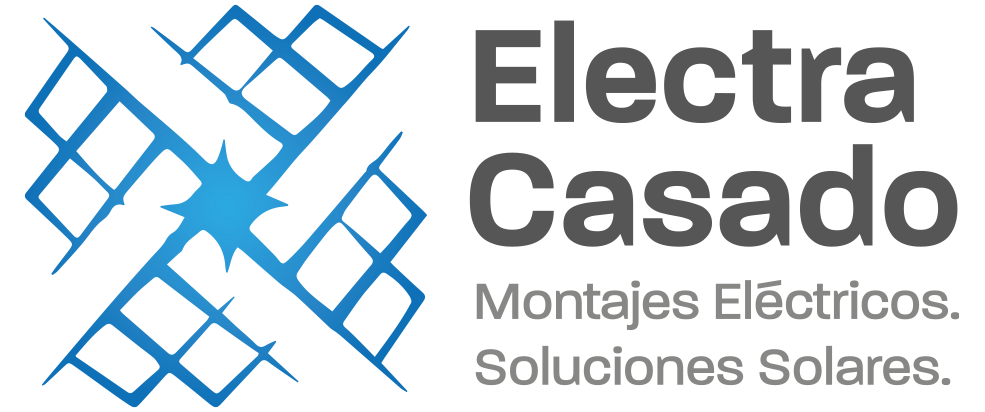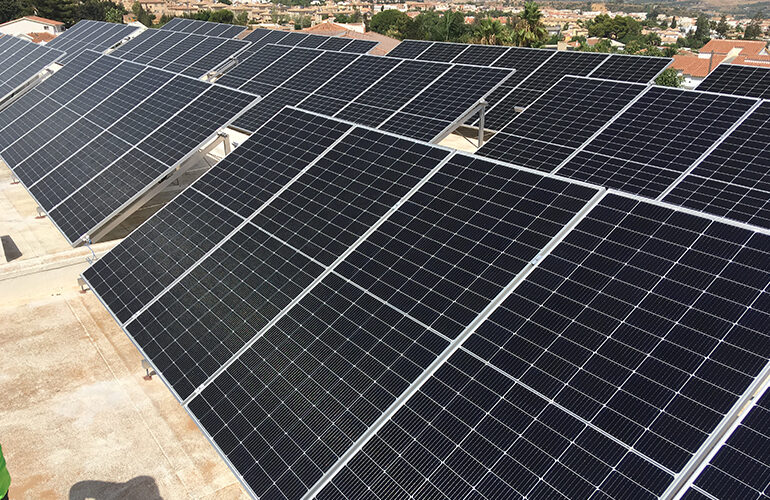The International Renewable Energy Agency (IRENA) estimates that 90 % of the world’s electricity can, and should, come from renewable energy by 2050, so major technology companies are turning their efforts to creating green technology.
Climate change is a global emergency, a problem that requires coordinated solutions at all levels and international cooperation to help countries move towards a low-carbon economy. To address this issue and its negative impacts, world leaders at the United Nations Climate Change Conference (COP21) made a significant breakthrough on 12 December 2015 with the historic Paris Agreement.
To date 193 countries plus the European Union have signed up to the Greener Future Partnership and have set their carbon neutrality targets.
This means achieving energy transformation and carbon-free development as soon as possible, using more renewable resources, changing the way energy is used and using new technologies to reduce emissions. Science tells us that unless we reduce fossil fuel production by 6% each year by 2030, things will get worse.
This scenario brings with it new opportunities and new challenges for renewable energy. In the next 5 years, the world will incorporate as much renewable energy as in the last 20 years.
According to Renewables 2022, the latest edition of the IEA’s annual report on the sector, global renewable energy capacity is expected to increase by 2 400 gigawatts (GW) over the period 2022-2027, an amount equivalent to the entire energy capacity of China today.
The huge projected increase over the five-year period is 30% higher than the growth forecast just a year ago, highlighting the speed with which governments have given greater political weight to renewables.
According to the report, renewables will account for more than 90% of global electricity growth in the next five years, overtaking coal and becoming the world’s largest source of electricity by early 2025.
According to a Huawei report, the top 10 digital energy trends for a greener future are:
Trend 1: PV+ESS integration. As more renewables feed into electricity grids, a number of complex technical issues arise in terms of system stability, power balancing and power quality.. Therefore, a new control mode is needed to increase the controllability and responsiveness of active/reactive power and actively mitigate frequency and voltage fluctuations.
With the integration of PV and Energy Storage Systems, as well as Grid Forming technology, we can build ‘smart PV+ESS generators’ that use voltage source control instead of current source control, provide strong inertia support, transient voltage stabilisation and fault handling capability. This will transform PV power from grid-tracking to grid-forming, which will help to increase PV power.
Trend 2: High density and reliability. High power and reliability of equipment in photovoltaic plants will be the trend. Take photovoltaic inverters as an example; nowadays, the DC voltage of inverters is increasing from 1100 V to 1500 V.
With the application of new materials such as silicon carbide (SiC) and gallium nitride (GaN), as well as the integration of digital, power electronics and thermal management technologies, it is estimated that the power density of inverters will increase by approximately 50 % in the next five years, and high reliability can be maintained.
Trend 3: Module Level Power Electronics (MLPE). Driven by industry policies and technological advances, distributed PV has witnessed vigorous development in recent years. We face challenges such as how to improve the utilisation of roof resources, ensure high energy efficiency and the safety of the PV+ESS system. More refined management is therefore essential.
Trend 4: Modular energy storage. Compared to traditional centralised ESS solutions, the Smart String ESS solution adopts a distributed architecture and a modular design. It uses innovative technologies and intelligent digital management to optimise power at the battery pack level and control power at the rack level. This results in higher energy offloading, optimal investment, easy operations and maintenance, as well as safety and reliability throughout the ESS lifecycle.
Trend 5: Improved management at cell level. Like PV systems moving towards MLPE, lithium BESS will develop towards a smaller management level. Only refined management at the battery cell level can better address efficiency and safety issues. Currently, the traditional battery management system (BMS) can only summarise and analyse limited data, and it is almost impossible to detect faults and generate alerts at the initial stage.
Therefore, the BMS must be more responsive, intelligent and even predictive. This relies on the collection, calculation and processing of a large amount of data and AI technologies to find the optimal operating mode and make preventions.
Trend 6: PV+ESS+Grid integration. On the power generation side, we are increasingly seeing practices of building PV+ESS clean energy bases that supply electricity to load centres through UHV transmission lines. With regard to energy consumption, virtual power plants (VPPs) are becoming increasingly popular in many countries.
VPPs combine massive distributed PV systems, ESS and controllable loads, and implement flexible scheduling for power generation units and storage units to achieve peak shaving, etc. Therefore, building a stable energy system that integrates PV+ESS+Grid to support PV power supply and grid feed-in will become a key measure to ensure energy security.
Trend 7: Enhanced security. Safety is the cornerstone of the development of the PV and ESS industry. This requires us to systematically consider all scenarios and links and fully integrate power electronics, electrochemistry, thermal management and digital technologies to improve system safety.
En una planta fotovoltaica, las fallas causadas por el lado de CD representan más del 70 % de todas las fallas. Therefore, the inverter must support intelligent string disconnection and automatic connector detection.
In the distributed PV scenario, the AFCI (Arc Fault Protection) function will become a standard setting, and the quick shutdown function at module level will ensure the safety of maintenance personnel and firefighters.
In the ESS scenario, multiple technologies, such as power electronics, cloud and AI, must be used to implement refined ESS management from the battery cells to the entire system. The traditional protection mode based on passive response and physical isolation is changed to automatic active protection, implementing a multidimensional security design from hardware to software and from structure to algorithm.
Trend 8: Security and reliability. In addition to bringing benefits, PV systems also have a number of risks, including equipment security and information security. Equipment safety risks mainly relate to downtime caused by breakdowns. Information security risks relate to attacks on external networks.
To address these challenges and threats, businesses and organisations must establish a comprehensive set of “security and reliability” management mechanisms, including reliability, availability, security and resilience of systems and devices. We must also put in place the protection of personal and environmental security, as well as data privacy.
Tendencia 9: Digitalización. Conventional PV plants are equipment-intensive and lack information channels and data collection. Most teams cannot ‘communicate’ with each other, making it very difficult to implement refined management.
With the introduction of advanced digital technologies such as 5G, Internet of Things (IoT), cloud computing, sensing technologies and big data, PV plants can send and receive information, using “bits” (streams of information) to manage “watts”. (energy flows). The entire generation-transmission-storage-distribution-consumption link is visible, manageable and controllable.
Trend 10: Implementation of AI. As the energy industry moves into a data-driven era, how best to collect, use and maximise the value of data has become a major concern across the industry. AI technologies can be widely applied to renewable energy fields and play an indispensable role in the entire life cycle of PV+ESS, including manufacturing, construction, operation and maintenance, optimisation and operation.
The convergence of AI and technologies such as cloud computing and big data is deepening, and will enrich the tool chain that focuses on data processing, training, deployment and security monitoring. En el campo de las energías renovables, la IA, al igual que la electrónica de potencia y las tecnologías digitales, impulsará una profunda transformación de la industria.
These smart energy trends that will change the world towards a greener future are now a reality. According to the International Renewable Energy Agency’s (IRENA) World Energy Transitions Outlook, proven technologies for a net-zero energy system already exist to a large extent. La energía renovable, el hidrógeno verde y la bioenergía moderna dominarán el mundo de la energía en el futuro para contener el aumento de la temperatura a 1,5 °C y detener el calentamiento global irreversible.
90% of all decarbonisation solutions in 2050 will be renewable energy through low-cost direct electricity supply, efficiency, renewable energy-driven electrification in end-use, as well as green hydrogen. Carbon capture and removal technologies, combined with bioenergy, will provide the “last mile” CO₂ reductions towards a net zero energy system.
News taken from the website Energía Estratégica


